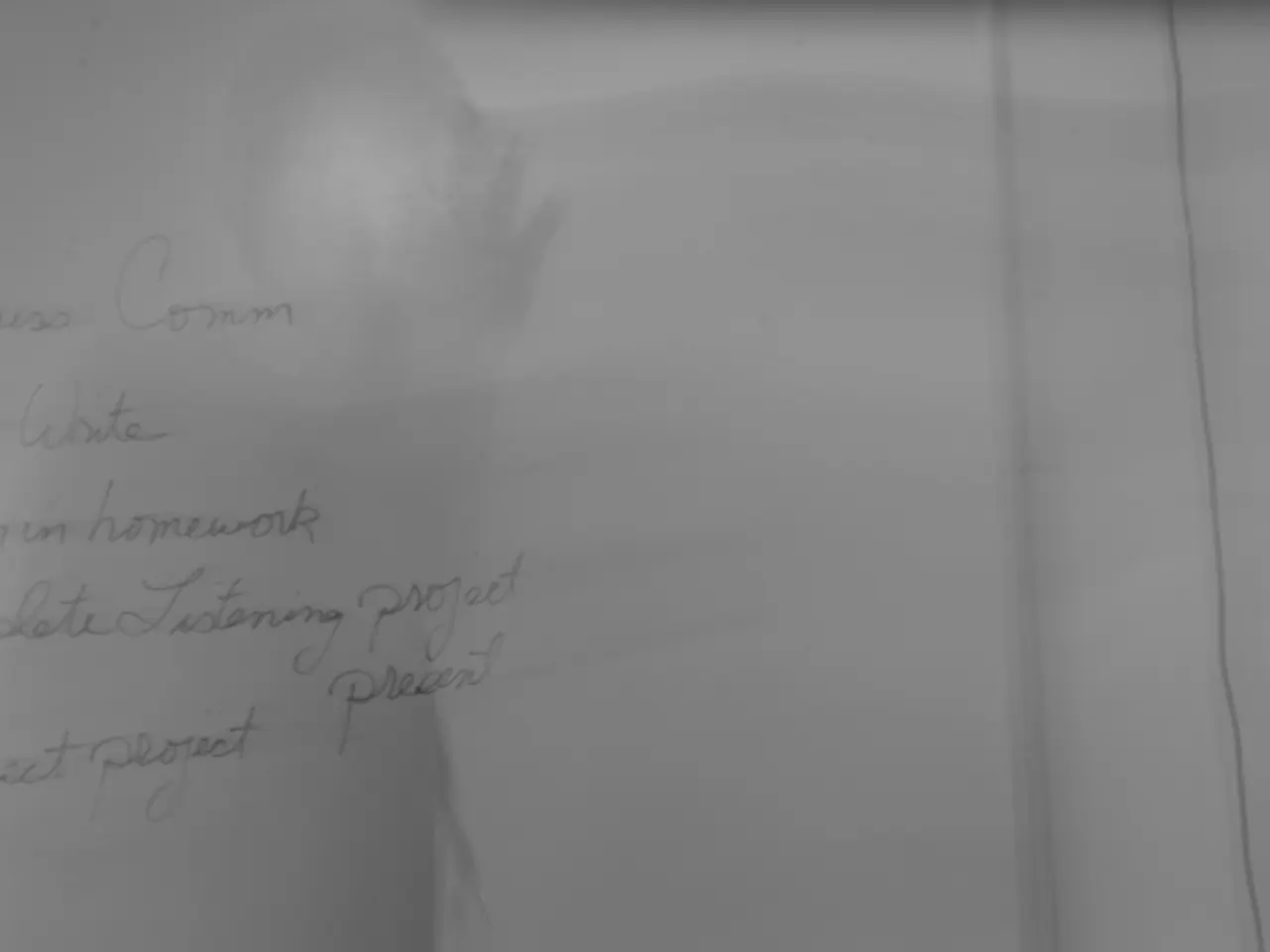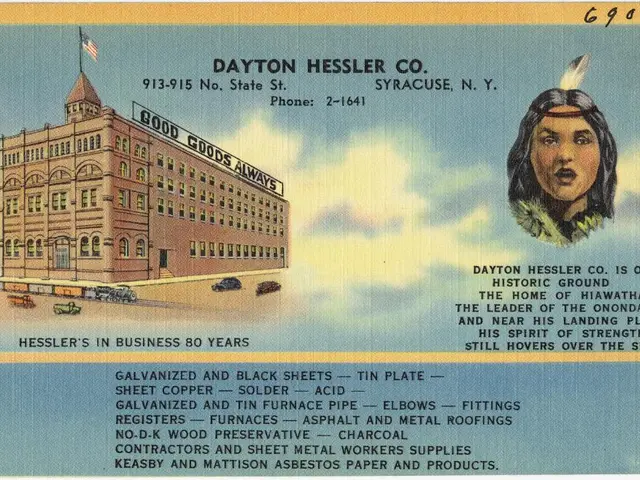Upper Class Prosperity Surpassing Middle Class Stagnation: An Examination of Five Significant Factors
In today's economy, middle-class families are grappling with a host of financial challenges that threaten their financial stability and retirement security.
One of the primary issues is the lack of exposure to advanced financial concepts. Many middle-class families do not have the resources to seek professional financial guidance, leaving them ill-equipped to navigate complex financial landscapes.
This lack of knowledge is compounded by the shift from defined benefit pension plans to 401(k) plans. This transition has placed a significant amount of investment risk on workers, reducing overall retirement benefits. As a result, many middle-class workers now face extended working years with less retirement security than their predecessors.
The decline of American manufacturing has further exacerbated these issues. The shift of manufacturing jobs to countries with lower labor costs has forced many workers into service sector jobs, typically offering lower wages and fewer benefits. This has widened the wealth gap between economic classes.
Wealthy families, on the other hand, have access to a range of tools and resources that help them preserve and grow their wealth. They utilize complex legal structures like trusts, family limited partnerships, and other entities for tax efficiency and wealth preservation. They also have advanced financial knowledge passed down through generations, access to professional financial advisors, tax strategists, and estate planners.
High-net-worth banking divisions offer exclusive investment opportunities, preferential lending terms, and personalized wealth management services inaccessible to middle-class investors.
The U.S. government has implemented measures such as progressive taxation, social welfare programs, minimum wage laws, and educational investments over the past decades to reduce wealth inequality between the middle class and the upper class. However, debates continue about their effectiveness and sufficiency due to growing wealth concentration and challenges in policy enforcement.
Understanding the challenges faced by the middle class is the first step toward addressing them and creating more financial stability and growth opportunities across all economic classes. It is crucial that we continue to explore solutions to bridge the wealth gap and ensure a more equitable future for all.
Read also:
- Federal petition from CEI seeking federal intervention against state climate disclosure laws, alleging these laws negatively impact interstate commerce and surpass constitutional boundaries.
- Duty on cotton imported into India remains unchanged, as U.S. tariffs escalate to their most severe levels yet
- Steak 'n Shake CEO's supposed poor leadership criticism sparks retaliation from Cracker Barrel, accusing him of self-interest
- President von der Leyen's address at the Fourth Renewable Hydrogen Summit, delivered remotely




